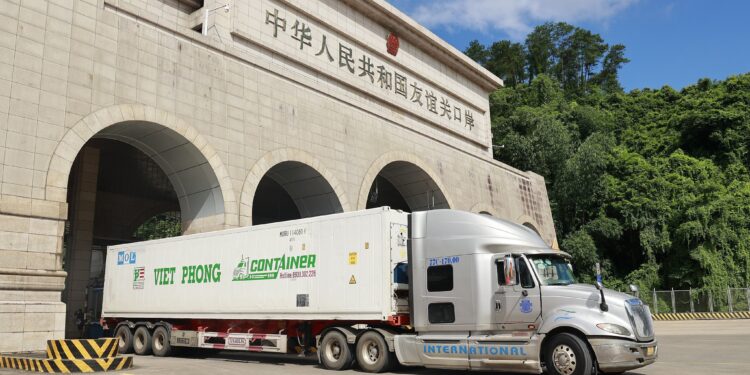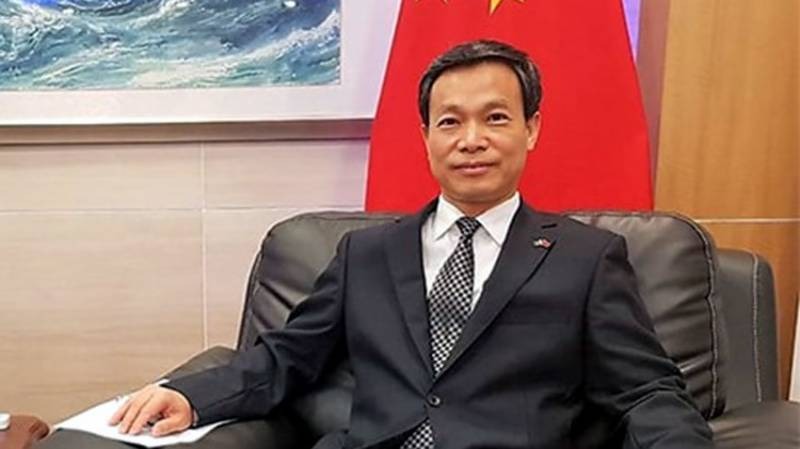China and Vietnam have made substantial progress in practical cooperation under the Belt and Road Initiative (BRI), focusing on areas like cross-border trade and urban transportation, which are advancing sustainable development in the region.
In spring 2025, Youyiguan Port (Friendship Pass) in Pingxiang City, Guangxi, witnessed a significant increase in freight movement, as both nations push forward with the implementation of smart port systems.
China’s digital customs system has entered joint testing, while Vietnam’s counterpart, approved in August 2024, is advancing rapidly. Innovations like smart inspections and paperless processes have notably improved customs efficiency.
Currently, around 1,500 trucks cross the border daily, and average cargo waiting times have decreased by 20%, establishing the port as a new engine for regional trade.
Vietnam’s Dau Tieng solar power plant, developed by East China Electric Power Design Institute, has been generating 1.5 billion kWh per year since 2019, significantly enhancing the country’s renewable energy contribution.
Recognized as a milestone in Vietnam’s clean energy efforts, the project won the overseas Luban Prize—China’s top award for excellence in international construction projects by Chinese firms.
In Ho Chi Minh City, a waste-to-energy plant has completed equipment testing. Once operational, it will handle about 1,000 tonnes of waste per day and generate over 300 million kWh of power annually.
This project aims to reduce waste and enhance sustainable energy production, bolstering Vietnam’s environmental management and resource utilization.
The Cat Linh–Ha Dong metro line in Hanoi, constructed by China Railway No. 6 Group, spans 13.5 km with 12 stations and has been operating since 2021.
As of April 1, 2025, the metro line had transported over 35 million passengers, significantly easing traffic congestion and promoting eco-friendly public transit.
During its construction, a patented PCC pile foundation technology, developed by Professor Liu Hanlong’s team at Chongqing University, was used to tackle issues related to soft soil, highlighting technical collaboration between China and Vietnam.
This expanding partnership in infrastructure and technology has enhanced regional connectivity and sustainable development, serving as a model for collaborative growth among Global South nations.
Related Posts

















